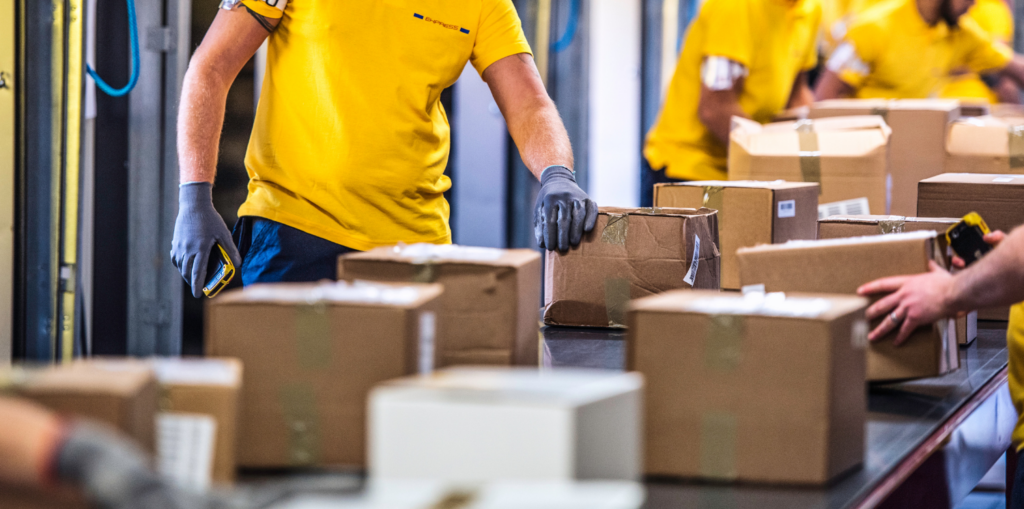Forthcoming A-CAPP Center Research Paper Investigates the Implications of Identified Trends in Illicit Trade for Anti-Counterfeiting Strategy and Practice
Jay Kennedy
Assistant Director of Research, Center for Anti-Counterfeiting and Product Protection
Assistant Professor, School of Criminal Justice
Michigan State University
In the past few years, the issue of transnational illicit trade has been a key topic of discussion for many in the brand protection, illicit trade, and transnational organized crime arenas. The A-CAPP Center continues to seek out opportunities to investigate these crimes, identify trends that can be leveraged for crime prevention initiatives, and provide thought leadership to current and future discussions relating to transnational illicit trade risks. As part of this mission and with the help of a partner institution, the TransCrime Institute in Milan, Italy, A-CAPP Center researchers undertook a project designed to identify patterns and trends that exist across several different forms of illicit trade. This project has resulted in a forthcoming A-CAPP Center Research Paper that is tentatively titled “Investigating Illicit Trade Networks to Identify and Understand Emerging Opportunities for Enforcement” which will be published on the A-CAPP Publications tab this year.
Scope

It is well recognized that product counterfeiting has connections to illicit trade activity and that some criminal groups use counterfeiting as a means to fund their activities. Our goal with this project was to identify keyways in which various forms of illicit trade overlap, placing a particular focus on understanding how broad knowledge in this area can be effectively used to influence anti-counterfeiting activities. Product counterfeiting is just one type of illicit transnational criminal activity that, like other forms of illicit trade, takes advantage of legitimate intermediaries such as e-commerce and social media platforms, shipping and logistics companies, and country postal systems. This project explored the nature and structure of various illicit supply/distribution networks in order to identify ideal enforcement mechanisms and opportunities for intervention that can substantially mitigate product counterfeiting risks. Our ultimate objective was to identify best practices that could be used against illicit supply networks and aid the development of proactive anti-counterfeiting and anti-illicit trade strategies.
Methodology

To build our report on illicit trade networks, we explored specific patterns and trends for three different types of illicit trade: tobacco smuggling, arms trafficking, and counterfeit goods. Through these explorations, we collected data and information about the known methods used by illicit actors to reach, and ultimately deliver their goods to, consumers. We also investigated key supply/distribution routes used by these actors to move goods from the product’s point of origin, through intermediaries and distributors, to consumers. This included the exploration of both licit and illicit actors, intermediaries, and organizations, including what was known about the flow of funds involved in these schemes. We also investigated the role of the Internet, e-commerce, social media and the dark web in these illicit trade schemes as a way to identify relevant actors, intermediaries and potential guardians.
What’s to come?
The final project report will describe our findings in detail, providing supporting data such as maps of key illicit trade routes and hot spots of activity, which highlight areas across the globe where illicit trade risks appear to converge. We also seek to identify crime generators and crime attractors that may be influencing multiple forms of illicit trade, or those that if addressed may have a broad social impact. Importantly, our report will discuss successful public and private responses that have been effective in targeting and disrupting illicit trade networks. To the extent possible, we highlight the roles of individual actors and criminal groups as a way to identify a series of best practices that can be used to mitigate opportunities for future criminal acts or respond to existing/identified schemes. As part of these best practices, we will call special attention to the need for legitimate actors and entities, particularly intermediaries, to be increasingly vigilant in guarding their operations against illicit trade activities. Finally, we plan to address what we have identified regarding the evolution of illicit supply chains, supply chain disruptions resulting from COVID-19, and the impact of the rise of Internet consumerism and shifting consumer trends.
We are extremely excited about the potential impacts of this project because it represents an important component of a larger A-CAPP Center effort to explore the global nature and effects of product counterfeiting schemes, as well as the key product counterfeiting-related threats facing consumers and brand owners.
THE BRAND PROTECTION PROFESSIONAL | MARCH 2022 | VOLUME 7 NUMBER 1
2022 COPYRIGHT MICHIGAN STATE UNIVERSITY BOARD OF TRUSTEES
- Next…
